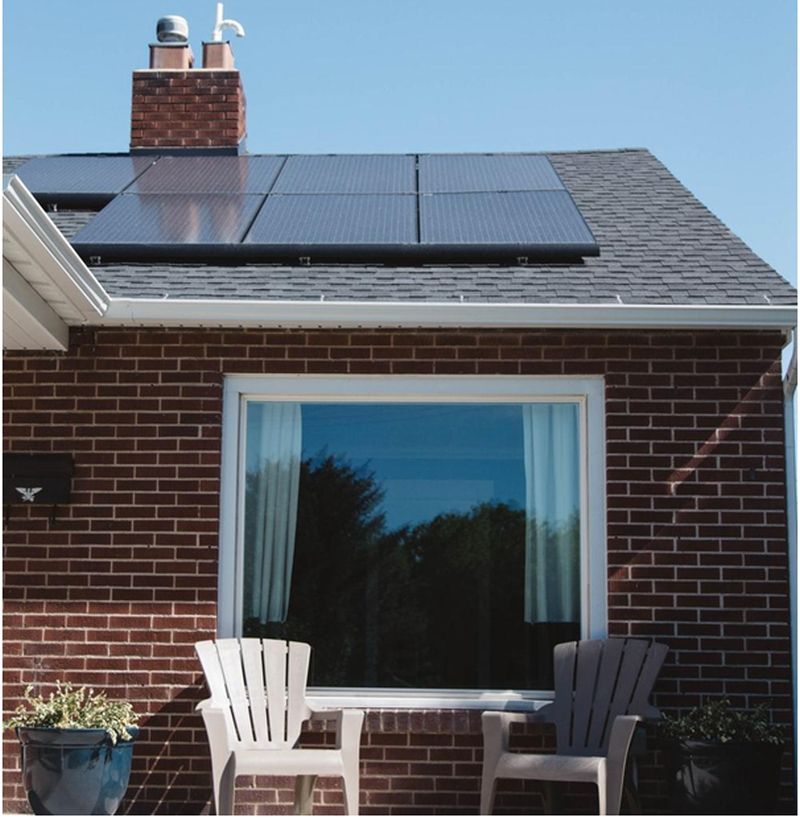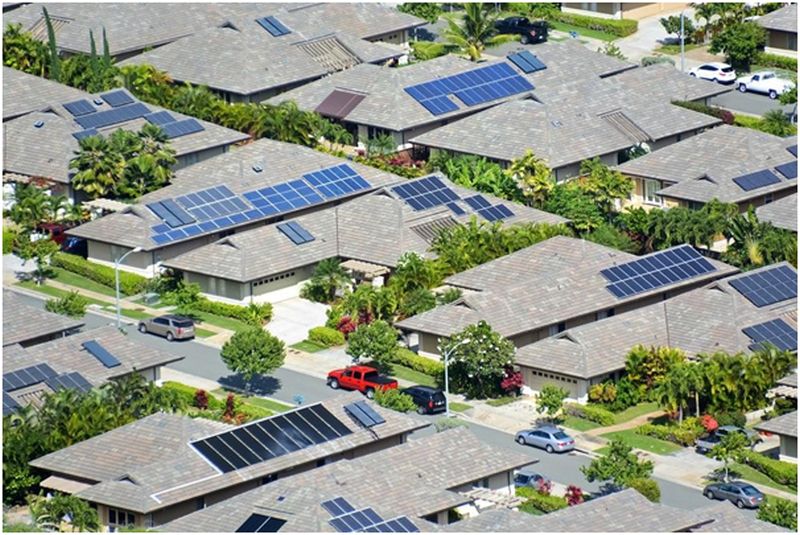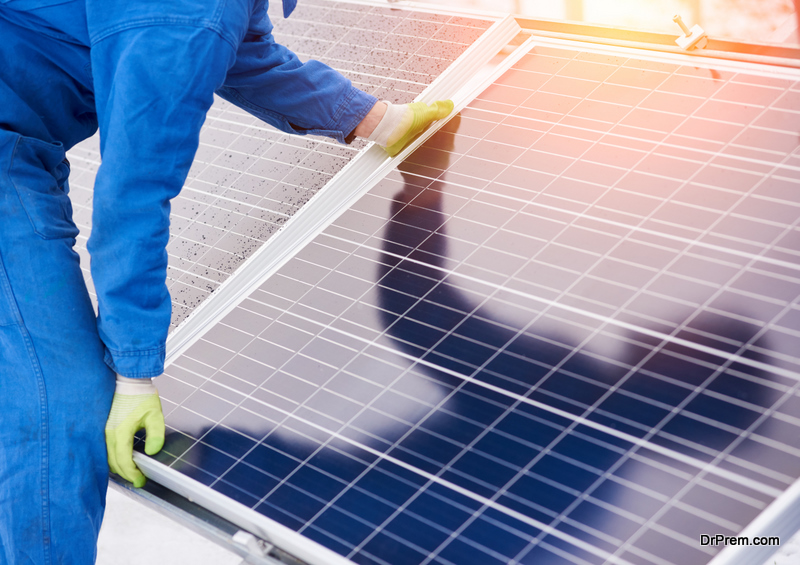If you want to invest in renewable energy, then understanding how a solar battery system works is key.
A solar system will help your home harness green energy, plus you can store electricity generated for later use.
Below we have compiled a step by step guide on the workings of a solar battery.
How a Solar Battery Works
Step 1: Solar Panels and Solar Power

The process begins with a solar panel system in an area exposed to the sun, mostly located on the roof. When sunlight hits the solar panels, visible light is converted into an electrical current.
The Direct Current (DC) electricity generation of the system can be converted to Alternating Current (AC) or kept as DC current – depending on the type of battery storage you use.
Step 2: Supplying Electricity and Charging the Solar Batteries
Your home’s electrical system will take first priority for the power generated by the solar panels. Electricity produced by the panels will feed directly into the house’s electrical panel.
This will provide electricity for lights and appliances.
Often times a solar system will produce excess electricity, especially on summer days when no heating is required and the sun is out.
Without a solar energy storage system, this unused electricity will flow back into the electrical grid through net metering.
However, homeowners can install home energy storage systems to capture and store the electricity produced by the panels.
Solar energy will flow into the battery and charge it. The speed that the battery charges will depend on the amount of extra electricity being produced, as well as the current electricity use of the home.
Step 3: AC and DC Charging

Homes run on AC, while most batteries (like our laptops) require DC for charging – however you do get AC batteries.
An AC battery can accept AC power and converts the power to DC using an inverter. The battery is then charged this way.
When the battery storage is used to power the home, the inverter re-converts the energy back to AC power.
Most solar energy systems use AC batteries. AC batteries are compatible with many types of solar systems and can be paired with any inverter that can accept AC output.
These batteries are very easy to install into an existing solar PV system.
DC batteries do not have built-in inverters and must be charged by DC power. These batteries require a special inverter that directly feeds the DC power produced by the solar powers into the battery.
To power the home, these batteries require an external inverter to convert the power into AC power.
DC solar batteries are much more energy-efficient than AC batteries, as each time current is converted through an inverter, approximately 5% is lost as heat.
A DC solar battery cost less than an AC battery.
Step 4: Discharging the energy storage
Once the battery is charged, it will store power until there is an electricity demand for the home.
If there is a disruption in the power grid, the batteries will automatically activate and provide power to the circuits they are connected to.
Homeowners can also choose to manually discharge their solar battery storage.
Types of Solar Batteries
There are four types of solar batteries:
- Lithium-Ion batteries can handle high energy, charge fast, but are still relatively expensive.
- Lead Acid batteries are the most affordable batteries. They take a long time to recharge and require frequent maintenance.
- Nickle Based batteries are an excellent choice as they recharge fairly quick, require little maintenance, and can withstand temperature extremes.
- Flow batteries are large and expensive. They use an electrolyte liquid to store electricity.
Conclusion
Solar battery systems are not complicated, and it all starts when you install solar panels.
These battery systems generate electricity using a renewable resource – the sun – and can provide your home with electricity even if there is no power on the grid.
Article Submitted By Community Writer




